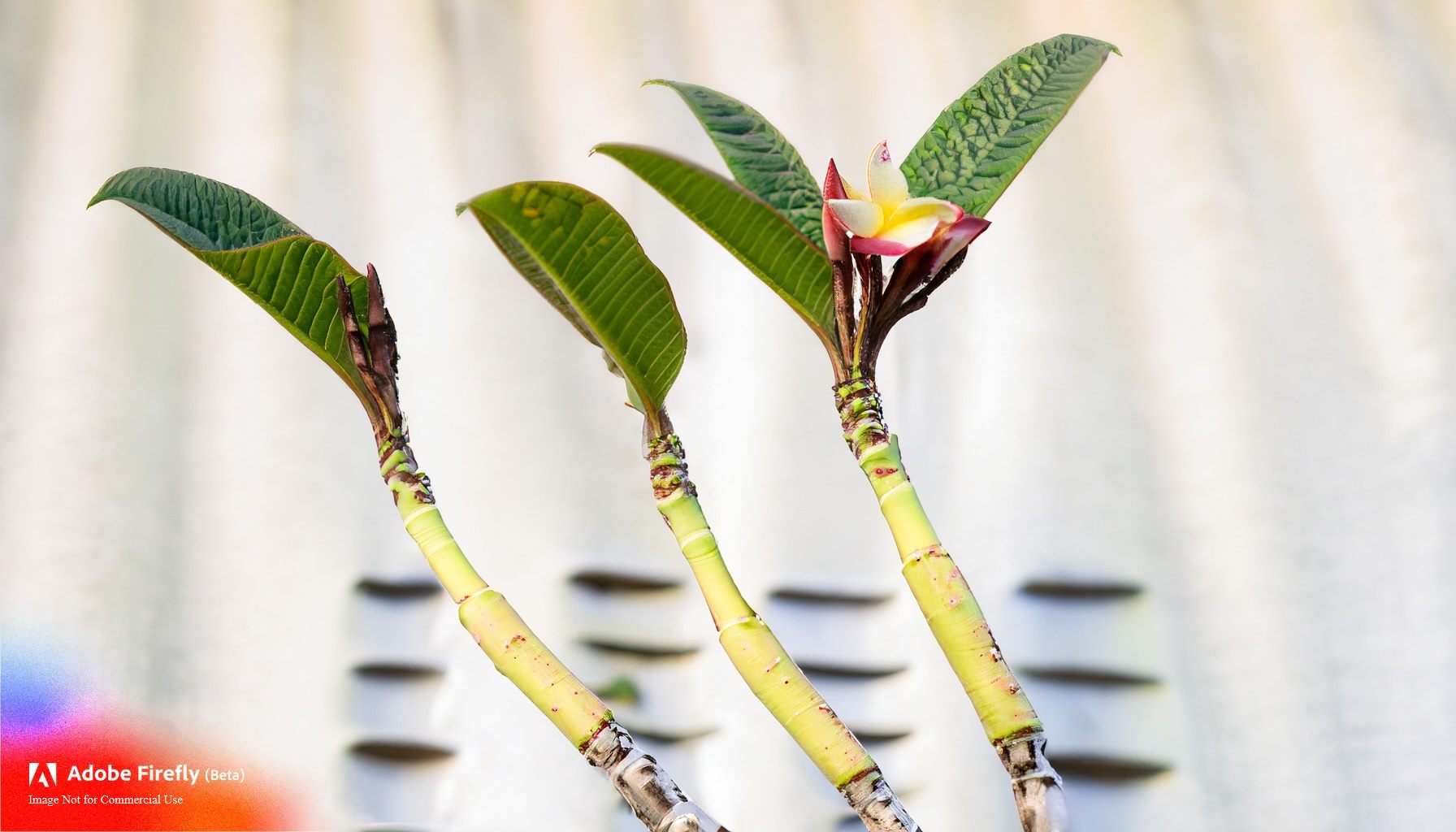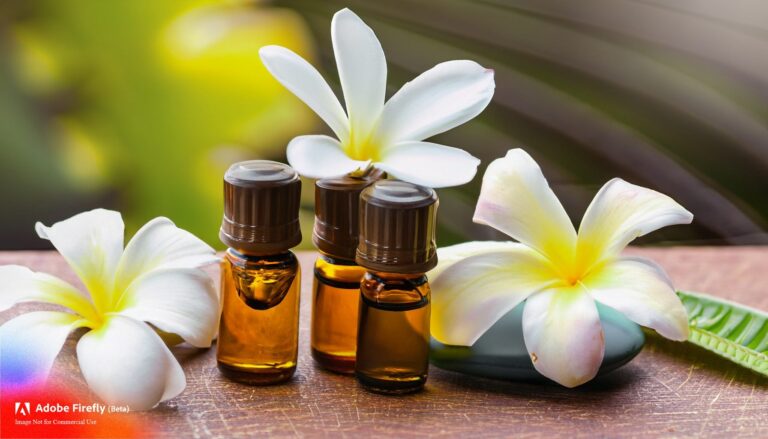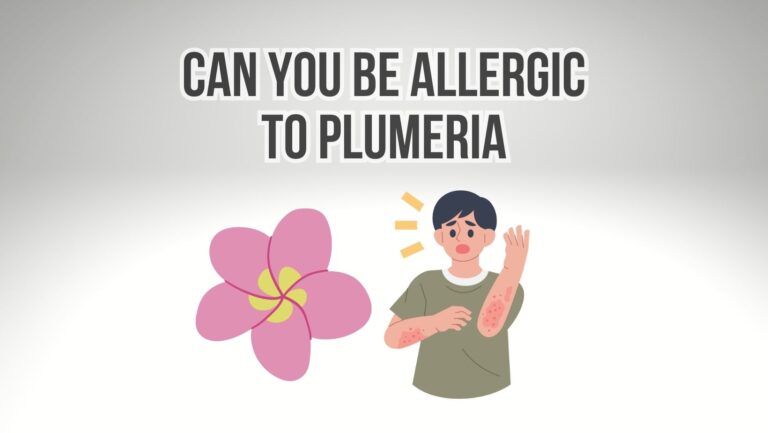
Introduction
Plumerias, with their striking flowers and alluring fragrance, are adored by gardeners and enthusiasts alike. The health of plumeria stems is crucial for the overall vitality and longevity of these tropical beauties. Understanding stem health indicators and implementing proper care measures can prevent issues and promote robust growth. In this article, we’ll delve into the key indicators of plumeria stem health and provide tips for maintaining strong and resilient stems.
Importance of Healthy Stems
Stems serve as the structural framework of the plant, providing support for leaves, flowers, and branches. Healthy stems contribute to efficient nutrient and water transport, enabling the plant to thrive and produce vibrant blooms.
Stem Health Indicators
- Color:
- Healthy: Vibrant green stems indicate active growth and photosynthesis. New stems are typically lighter in color and gradually darken as they mature.
- Unhealthy: Yellowing or browning of stems can indicate stress, nutrient deficiencies, or disease. Dark brown or black discoloration may suggest fungal infections or rot.
- Texture:
- Healthy: Smooth and firm stems reflect good hydration and turgidity. They should feel resilient when gently pressed.
- Unhealthy: Soft or squishy stems might be a sign of waterlogged roots or rot. Wrinkled or shriveled stems may indicate water stress.
- Growth Patterns:
- Healthy: Stems that grow vertically and exhibit branching are signs of active growth and development.
- Unhealthy: Stems with erratic growth, distorted shapes, or excessive leaning might be a response to environmental stress or pests.
- Leaf Attachment:
- Healthy: Leaves should attach securely to stems. Well-attached leaves receive optimal sunlight exposure and contribute to photosynthesis.
- Unhealthy: Drooping or wilting leaves might indicate stem issues such as inadequate water supply or nutrient deficiencies.
- Leaf Color and Size:
- Healthy: Leaves should be of appropriate size for the stem, and their color should reflect the plant’s natural pigmentation.
- Unhealthy: Pale or yellowing leaves could suggest nutrient deficiencies or poor stem health affecting nutrient transport.
Maintaining Plumeria Stem Health
- Proper Watering:
- Water plumerias deeply but allow the soil to dry out slightly between waterings. Overwatering can lead to waterlogged roots and stem rot.
- Well-Draining Soil:
- Plant plumerias in well-draining soil to prevent water accumulation around the roots and stem base.
- Pruning:
- Regularly prune dead, diseased, or crossing stems to promote airflow, reduce the risk of disease, and maintain a strong structure.
- Fertilization:
- Apply a balanced fertilizer with a higher phosphorus content to promote healthy stem growth and flowering.
- Support:
- Use stakes or supports for tall or heavy branches to prevent bending or breaking during strong winds or rain.
- Pest and Disease Management:
- Regularly inspect stems for signs of pests like mealybugs, aphids, or scale insects. Promptly address infestations to prevent damage.
- Temperature Consideration:
- Protect plumerias from sudden temperature drops, as cold stress can weaken stems and make them susceptible to damage.
- Avoid Physical Damage:
- Be cautious when handling or moving plumerias to avoid bending, breaking, or damaging the stems.
Conclusion
Healthy plumeria stems are the foundation for strong growth, vibrant blooms, and overall plant vitality. By understanding the key indicators of stem health and implementing proper care practices, you can ensure that your plumerias develop sturdy and resilient stems that support their spectacular beauty. Regular observation, timely maintenance, and a holistic approach to plant care will contribute to the long-term success and enjoyment of your beloved plumeria plants.






